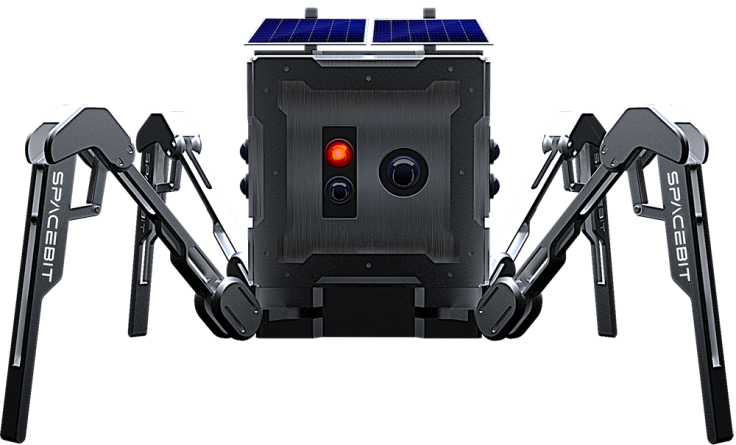
SpaceBit, a British start-up space company, unveiled a walking spider robot specifically designed to be UK's first lunar rover. The miniature, spider-esque robot - which is considered as the world's smallest robotic lunar rover - is expected to launch into space by the year 2021.
This initiative is part of a collaborative project between SpaceBit and Astrobotic, a US space company. Initially, the project started after NASA awarded Astrobotic with a $79.6 million contract to transport instruments from its chosen partners to the moon.
The initiative aims to investigate the moon and collect data about its volatile elements. Fundamentally, the data will be used in research for resources that can be used for astronaut life support and rocket fuel in future space expeditions.
Related Article : Elon Musk Unveils The First-Ever Prototype of Starship, The Second Stage of the BFR
SpaceBit, needless to say, is one of the chosen partners by Astrobotic to help build one of the robotic instruments. The company complied by creating a unique robotic lunar rover.
In fact, the special design of the spider robot is intended to be used to explore the moon's surface as well as the lunar lava tubes. These said tubes are subsurface tunnels that are theorized to have formed due to ancient basaltic lava flows.
Experts strongly believe that the tunnels can be used as a habitat for humans; however, there is actually very limited information about them because no lunar rover has ever explored them. That being said, the spider robot will be the first to be deployed in the tunnels thanks to its miniature form.
Related Article : Potential List of Candidates That May Fly With SpaceX to Tour the Moon
The rover is said to weigh only 1.5 kg, which is among the lightest lunar rovers ever created. For mobility, it features four legs instead of the usual wheels that we see in standard rovers. This prompted people to call it the "walking spider robot."
Pavlo Tanasyuk, SpaceBit's founder said, "this robot with its four legs would provide an opportunity for something a little bit like a human to explore the lunar surface, unlike rovers with wheels or tracks," as noted in Telegraph.
The robot is also outfitted with cameras and sensors, all of which are going to be crucial components in gathering photos and data about the moon.
It is expected to stay on the moon for 10 days before perpetually freezing. The collected data and information, however, will be sent back to Astrobotic's Peregrine lander. The lander will then be tasked with the data transmission back to Earth.
The Peregrine lander is also the vehicle that will be used for launching SpaceBit's robot as well as other partner robots to the moon.
If the robot successfully lands on the moon in the year 2021, UK will be considered as the fourth country who was able to send a rover to the moon, with the first three countries being US, China, and Russia.
In September, India also attempted to land the Pragyam rover. Unfortunately, the team lost contact with the Chandrayaan-2 Vikram lander before the rover was launched. The lander is assumed to have crashed on the surface of the moon.
Nonetheless, SpaceBit's robot is not the only space rover the UK is currently developing. In fact, a rover, named Rosalind Franklin, is expected to launch to Mars in July 2020.









